The Amateur Mycologist - Puntas Arenas, Chile: Part 1
These posts are not for foraging. They are intended for entertainment and intellectual satisfaction only. These posts are not a field guide nor comprehensive in any way - their accuracy is not assured in any way. Do not eat wild mushrooms unless you are a professional, have substantial professional assistance or have a wealth of personal experience with a specific species. Do not make any foraging decisions based on these posts. To do so could be dangerous or life threatening.
This post makes no reference to edibility or toxicity

Aleuria aurantia, one of many gorgeous species of ascomycete growing all over the place in Southern Chile
Boy, do I have a lot of photos from Chile!
I bought a new Pixel 2 phone immediately before leaving the country in late April, specifically because the phone is supposed to have a famously good camera with a particularly capable portrait mode. I am glad to report, as you can see for yourselves, the reputation is well deserved.
The camera proved more than capable of taking both visually enjoyable and empirically useful specimen photos. Now I need to figure out how best to share them.
I've decided to do a combination of posts depending on the nature of the photos. Many of the photos, even very pretty ones, are nonetheless standalone and insufficient to go into a full species post on. Meanwhile several mushrooms are well documented enough that a species post is totally achievable.
What I plan to do is to go region by region in Chile, park by park, and write a series of travel/mycology posts. Some, like this one, will be a run down of several species and other sights, while others will be species specific.
With that in mind let's jump into the first place we visited...
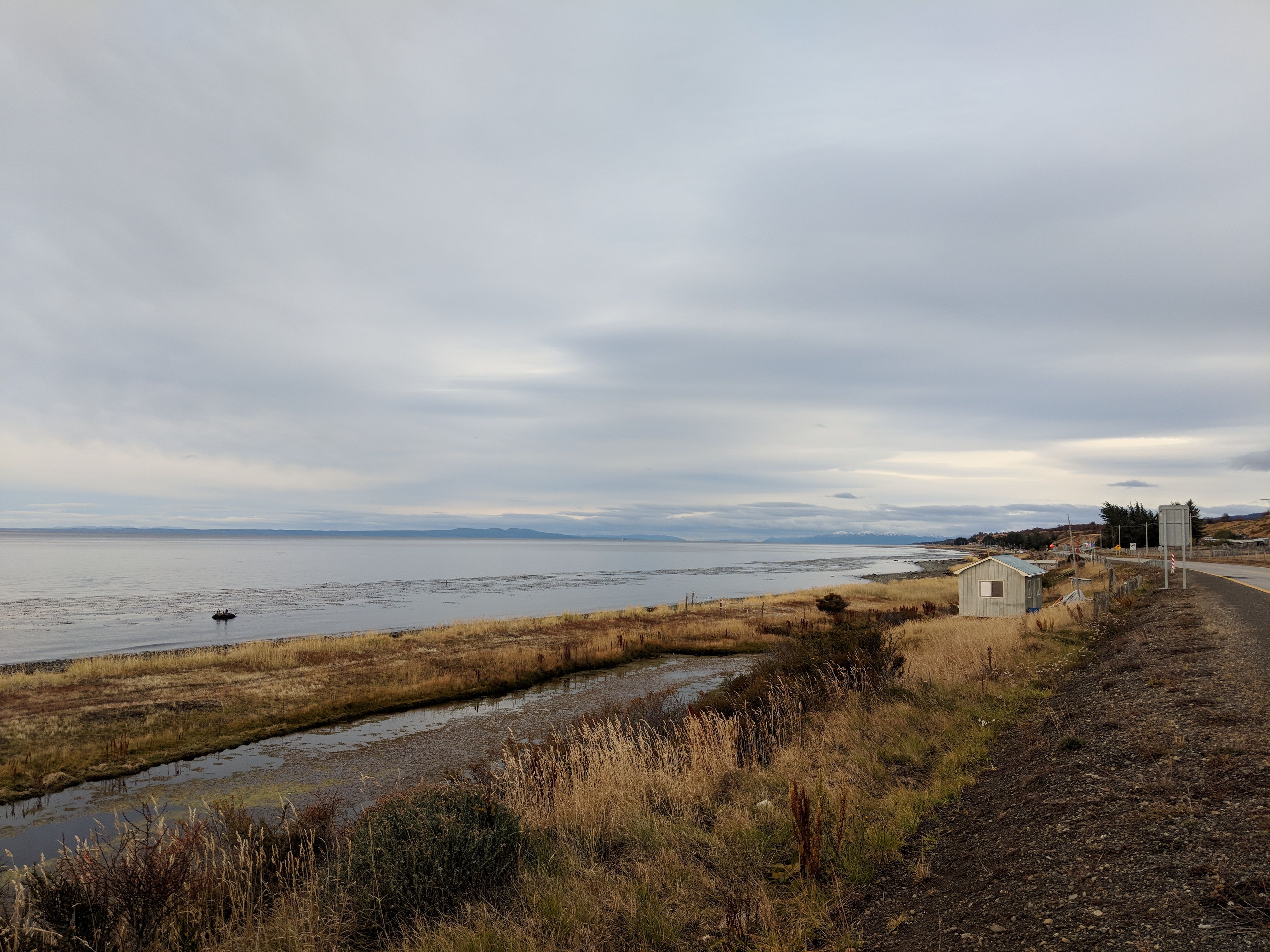
Puntas Arenas, sitting on the Straight of Magellan, at the southern edge of the world
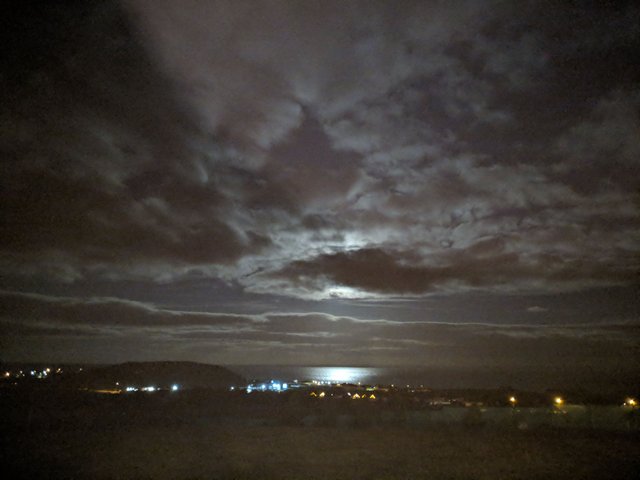
At night the moon rose over Tierra Del Fuego and the southern cross peeked through the cloud cover.
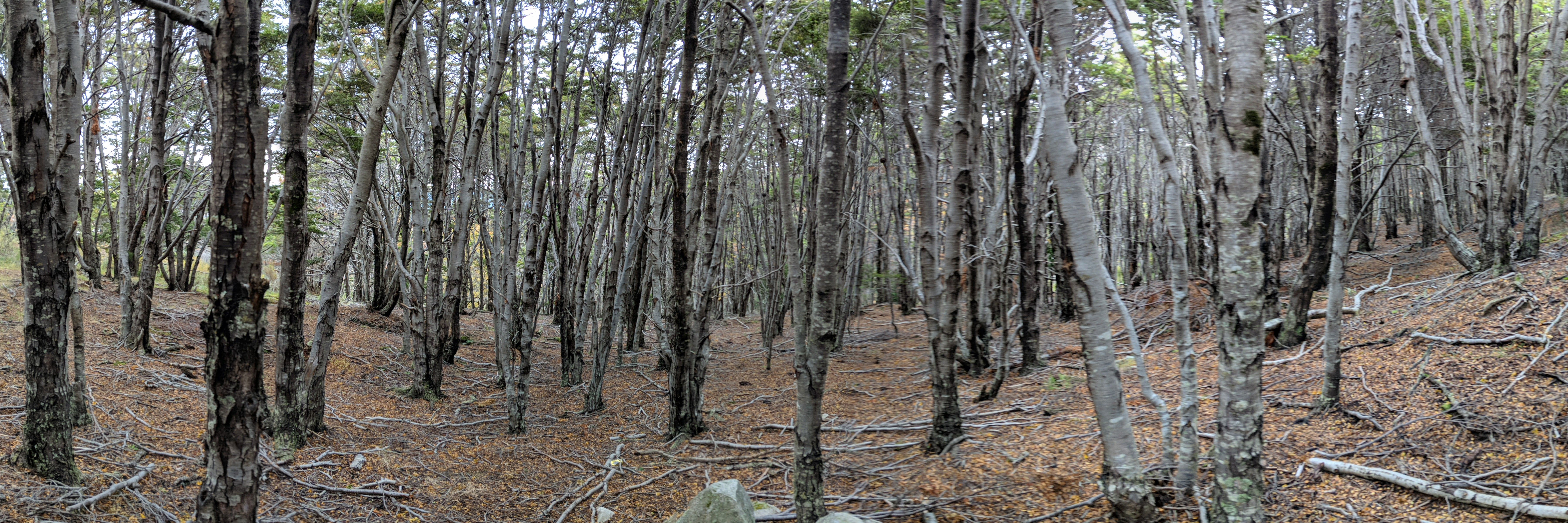
But our daylight was spent primarily in the Nothofagus forests.
The Nothofagus forests in this area consist predominantly of deciduous Nothofagus trees, I believe Nothofagus pumilio mostly.
Nothofagus forests are found naturally only in the Southern Hemisphere, with the pumilio and dombeyi species are indigenous to Southern Chile and limited southern parts of Argentina.
The bulk of the Nothofagus we saw all the way in Puntas Arenas and the surrounding nature were pumilio, or another deciduous species. The trees had extraordinarily small and numerous leaves which were changing color when we arrived.
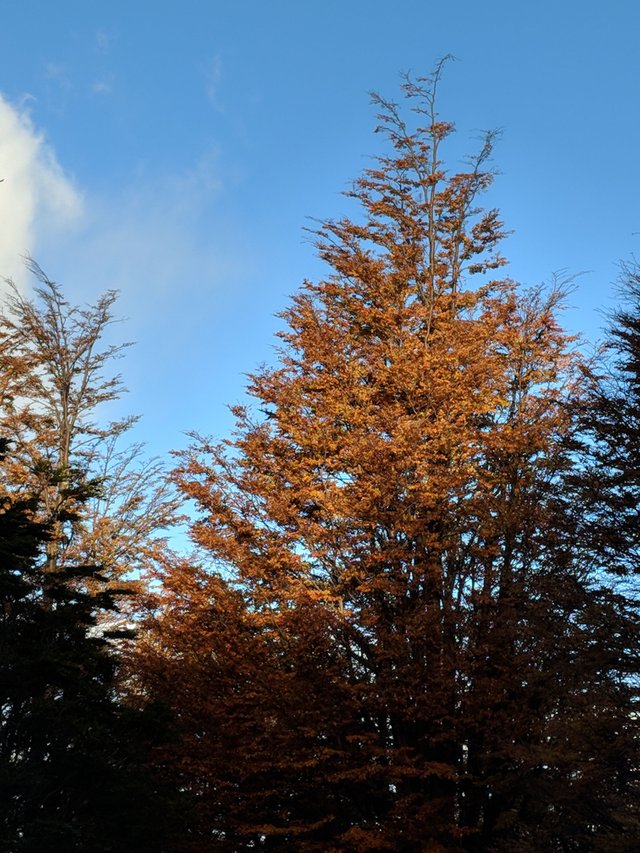
These forests were immensely beautiful and captivating, with not a great deal of ground cover.
They tended to pull you deeper and deeper into them, especially in search of new and interesting mushrooms, which were positively everywhere from the very first moment we arrived.
Many of the species we found in the Nothofagus forests were, macroscopically at least, very similar to species found in North America, although some no doubt held genetic and microscopic secrets. To a fungus, however, they were all quite quite beautiful.
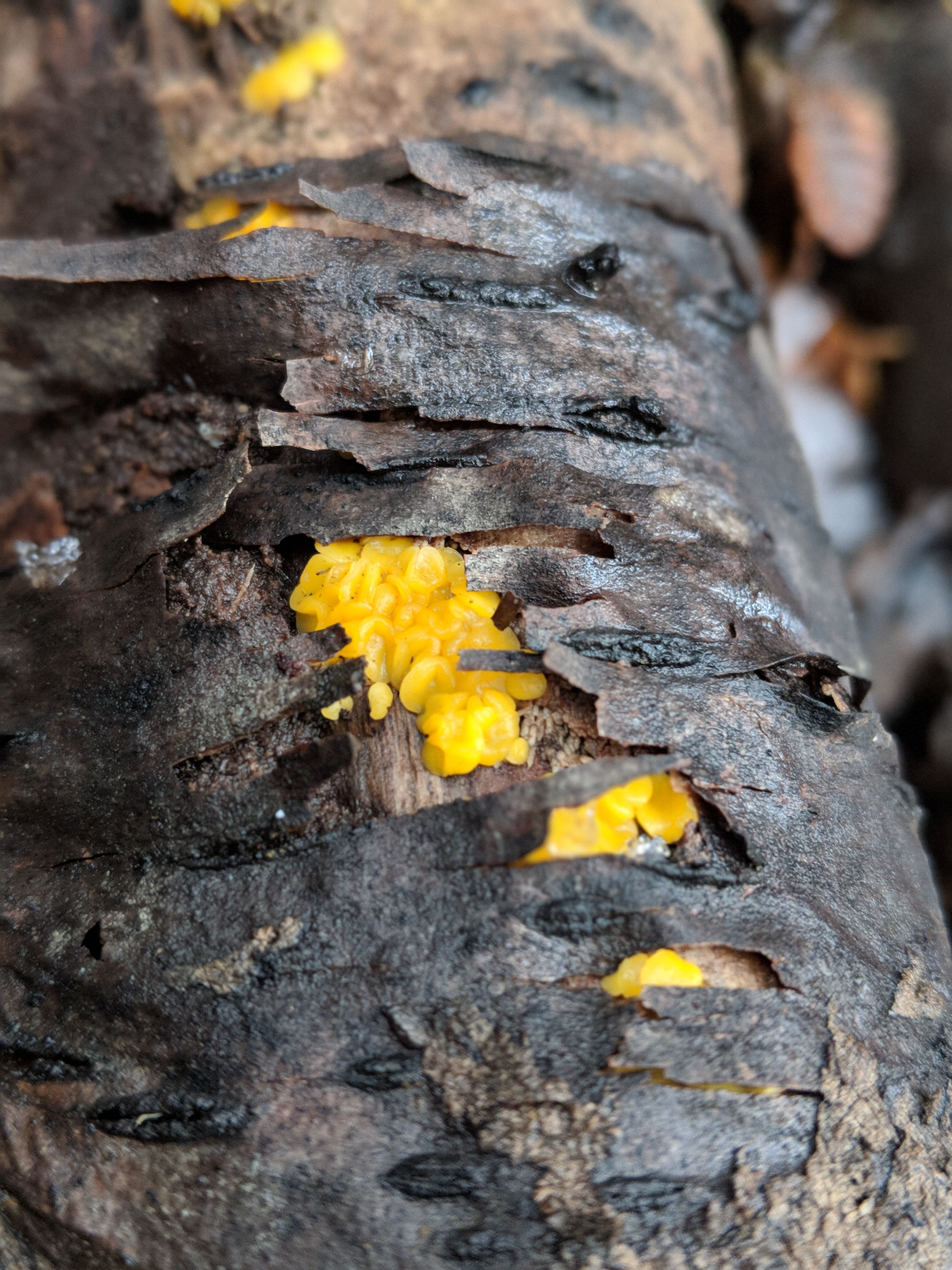
Take what is likely a young Tramella species (or maybe Dacrymyces?), which looks quite like "Witch's Butter", a super common grouping of similar looking fungus frequently encountered in North America.
As in Chile, the Witch's Butter in North America grows on fallen hardwood logs. Even up North there are several possible species which are commonly referred to as Witch's Butter, and which can be distinguished primarily by microscopic analysis.
I have little doubt that the pictured species above bears some relationship to its North American cousin - it could even be a shared species - despite the giant distances that seperate the two ecosystems.
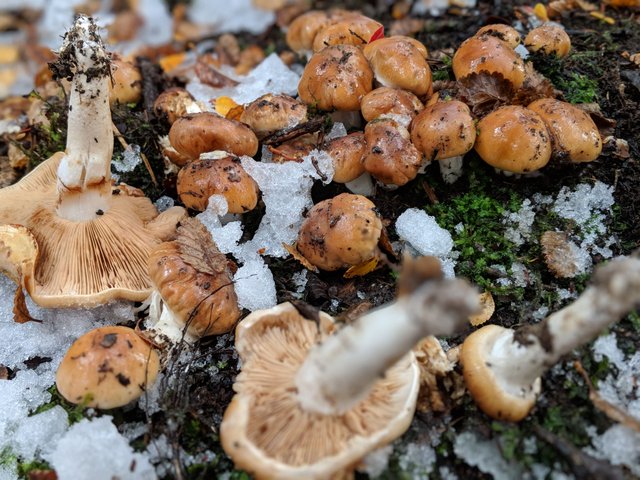
Not every mushroom I found was affirmatively ID'd
You need to keep in mind we were 26 people each roaming a forest filling bags and tackle boxes with sometimes hundreds of individual specimens. As far as my finds were concerned I wasn't going to bring every single one back to the few people who had the on the spot ability to take a guess at their species. Whenever time allowed I would try to look them up myself, but time was very short throughout.
The result is that many of the pictures I took I can only take guesses about regarding their exact species, although using Guiliana's first field guide on Chilean fungi does provide a good guess.However in the case of the mushroom above, it is not specified in the guide. However, we can be fairly certain it is one of the many Cortinarius species found all over the Nothofagus forests. Specifically, look at the brown spored veil remnants on the specimen to the far left of the photo and blurry veiled youngling in the far bottom right.
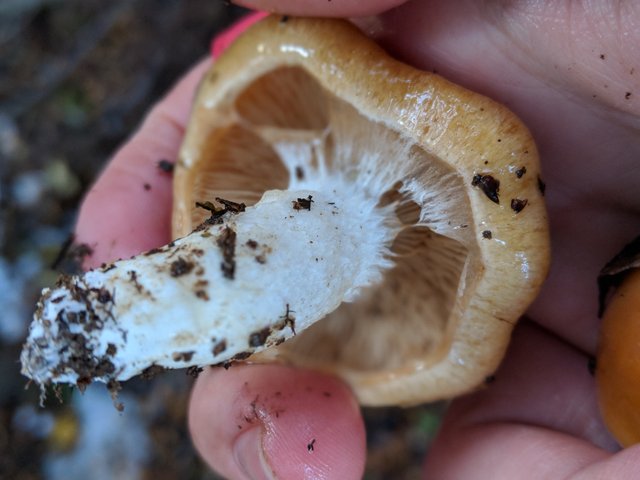
You can get a better look at the veil remnants on this less mature specimen.
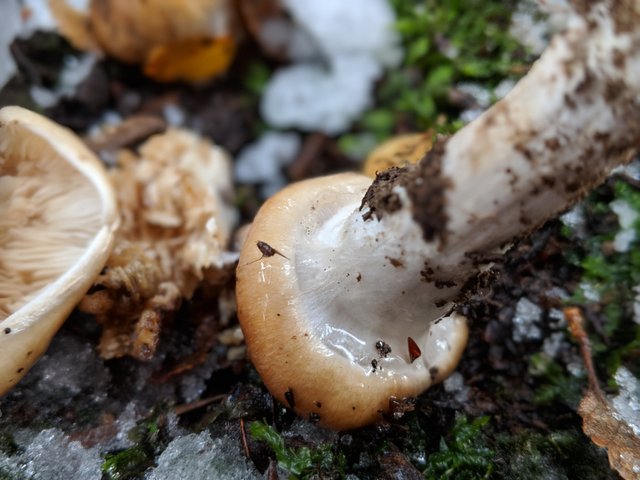
Here is a very young specimen with the gills completely covered in their partial veil.
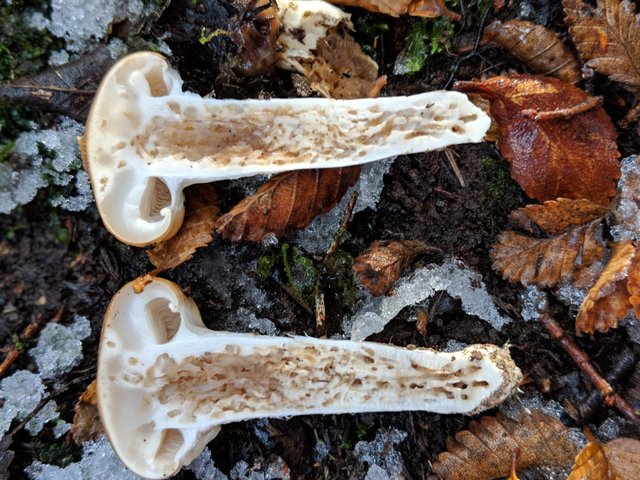
And you can see the unexposed gills still hidden beneath the partial veil.
We saw a lot of Cortinarius species on this trip, and without fail they were all shiny, sticky and beautiful.
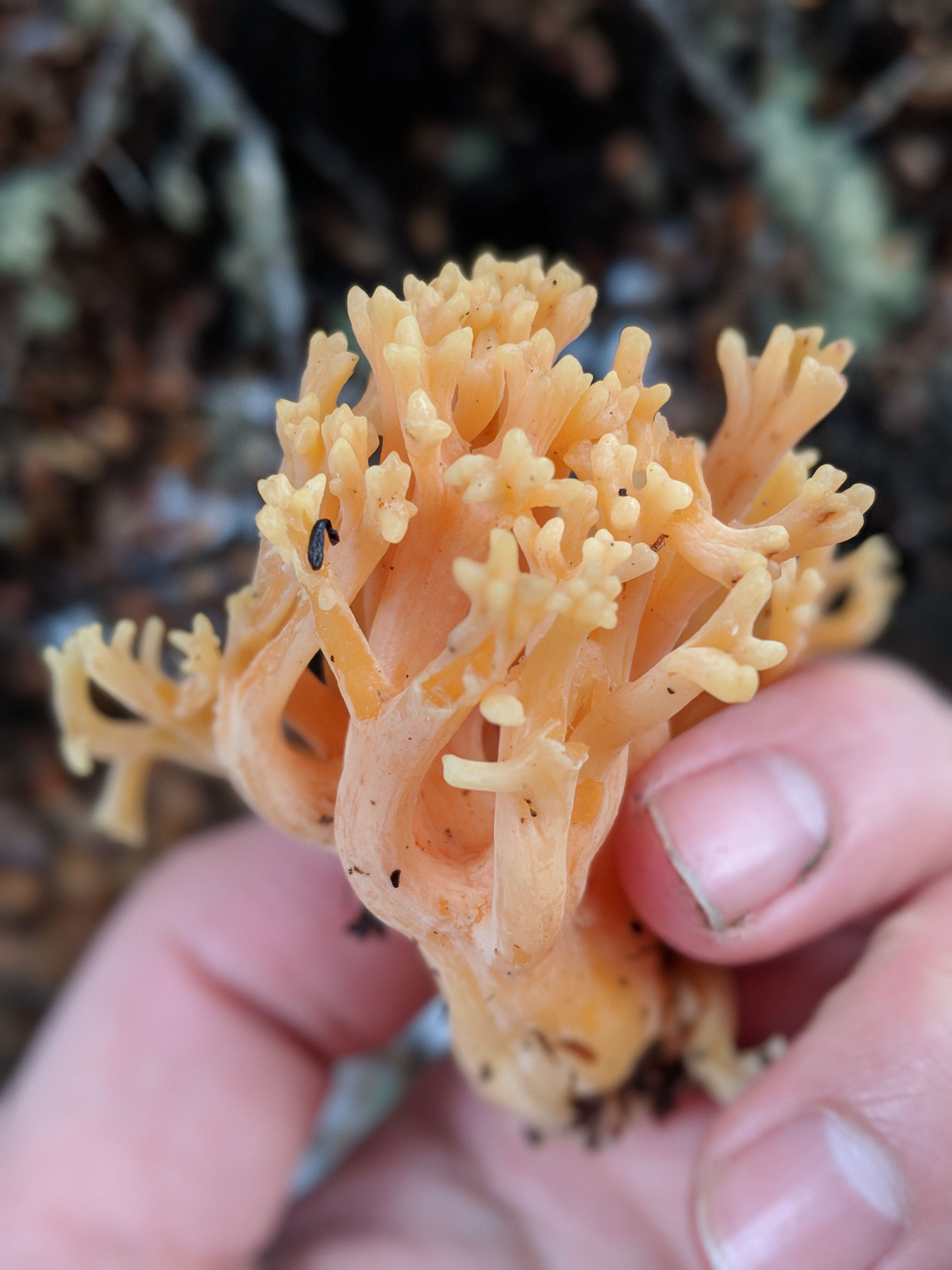
One frequent find in the Nothofagus forests was a wide variety of Ramaria species, or coral fungi, like this one.
The Ramaria genus is filled with basidiomycetes that come in a variety of pretty looking colors and coral shapes. The one pictured here is likely Ramaria flava, growing on soil and a beautiful apricot orange. It smelled absolutely yummy, a subtly sweet mushroomy odor. I didn’t find this particular one, it was found by Veronica, an awesome photographer and talented artist. She joined us on our trip and had the most astounding eye for mushrooms, finding some of the most incredible tiny species, including some wackadoo parasitic and Mycena species.
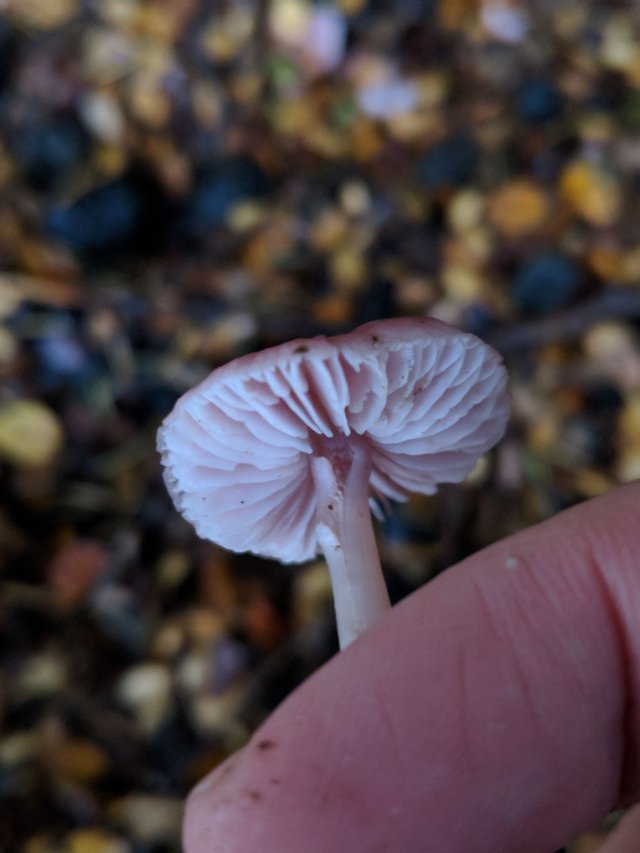
Speaking of likely Mycena, they were everywhere and super varied.
Sadly, in Puntas Arenas I was still getting used to using the new camera and only got this awful picture of this very pretty pale purple species. I’m tempted to say it might be Mycena pura, after consulting Guiliana’s guide. It was growing on the ground, all by it’s lonesome, which fits the bill well.
We found a great many Mycena species over the course of the trip, many of them quite small and fairly inscrutable at face value. It is one of the genera I hope to become more familiar with once I get the new microscope, as it frequently grows in small moist places and often requires detailed microscopy and special guides to be certain of an ID.
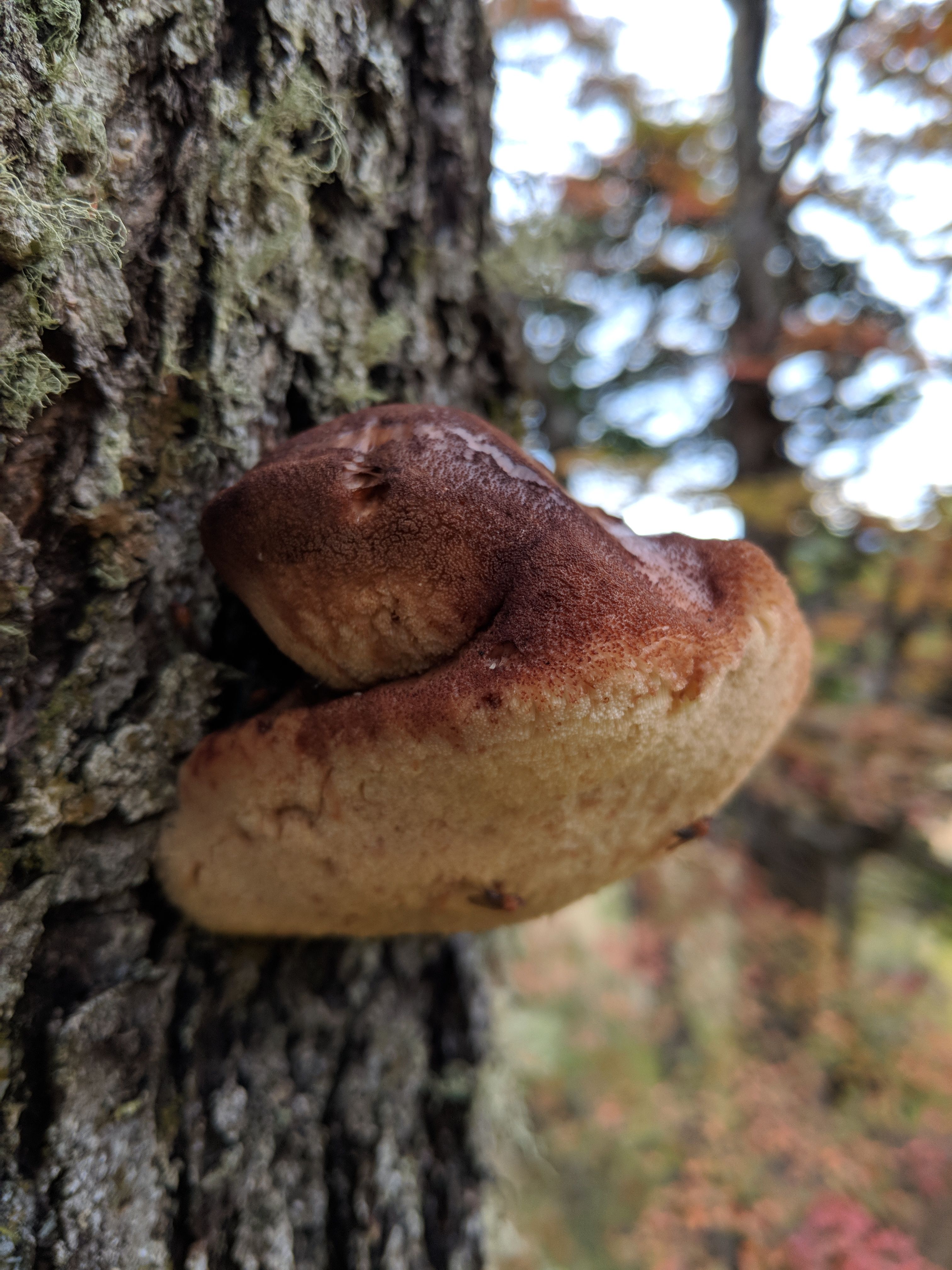
Here we have what I think is a Fistulina species.
We only found fairly mature specimens or specimens in an advanced state of decomposition. There are no fistulina’s listed in Guilian’s first guide, although I think the second one may have some. There is one contender in the book, Postia pelliculosa, however if I’m translating correctly, this species becomes hard over time, as opposed to melting into a puddle of mushy goop.
I found two other species of Fistulina that occur in Chile, with one represented as F.antartica and meeting the bill visually. However, I think F.antartica really looks quite different.
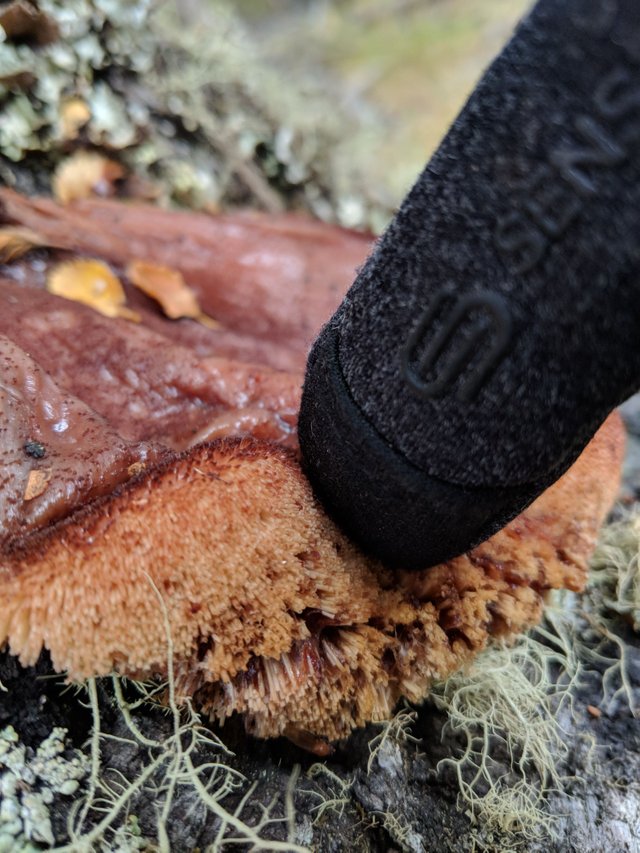
Here is an even older cap, where you can see the individual tubes of pore surface quite well, and likely spent of their spores at this point.
This specimen fits the bill for F.antartica a bit better, although it is still not quite as red as I thought that species was. Whatever the case may be we can feel fairly certain is it in the genus and pretty cool looking to boot.

I’ll end out time in Puntas Arenas with this imperfectly captured photo of the moon rising over the Straight of Magellan.
We spent two or three nights in Puntas Arenas and I couldn’t have asked for a better starting point to the trip, nor a better introduction to the awesome people I was travelling with.
In the next two posts, we will go over two specific species of fungus that grow in the Puntas Arenas area, and one of them, the Cytarria genus, grows no where else in the world and has a long and storied history.
Photos are my own
Information Sources:
WWF on Nothofagus forests of South America
Wikipedia on Nothofagus pumilio
Wikipedia on Nothofagus dombeyi
Giuliana Furci, Hongos De Chile, Volume I, Reimpresion corregida 2016:
Mycena pura p.104
Ramaria flava p.112
Postia pelliculosa p.196
Was your Witches Butter growing on a deciduous tree or a conifer? That's the quick distinction between Tramella and Dacrymyces that I see in various identification keys. I eat both of them, lol. Here's a post where I made Candied Dacrymyces with many other mushrooms. And here's another version of Candied Dacrymyces that's good for traveling - they are like Aplet or Cotlet candy.
It looks like you had a great time on your Chile fungus adventures! I hope you had a chance to eat some great mushrooms, too! Did you eat any of those beautiful Amanita muscaria in your last post?
Candied Dacrymyces! You are the absolute coolest.
I believe we were in the deciduous Nothofagus forest when we found that, although I'm not sure whether the distinction holds up in Chile. But I just found one or the other today - just a tiny log that I'll have to look at - and now I want to make candy out of it!
We did not eat the muscaria I'm afraid, or the rubescens I'm going to highlight later, though I know parboiling a couple of times works for the muscaria. We were really racing around the country with limited cooking ability or timing. We did have a meal of several Ramellas and what used to be a Macrolepiota but is now in some other genus. It was still a great trip though all around.
Nice to see (read...) you again. Now I have to adjust my auto-voter again :)
Nice to be back!
Awesome posting great information @dber!
Nice to get the real name of this Orange Peel we
also have up here in Alaska! :-)
So cool - it does seem to be fairly cosmopolitan, although there could, of course, be invisible genetic or microscopic differences
I wonder if mycologists down south get the "fun guy" joke.
Maybe not - Hongos doesn't really translate the joke too well :)
@danclarke
Ohh, always happy to see other fungal content - I started following hin
The doctor says his fungal content is dangerously high :)
Oh @dber! Your post brought back some nice memories. I lived in Chile for nearly 8 years :) Beautiful images 😍
So lucky! I absolutely loved Chile and I could totally imagine moving to there for awhile. It was just a beautiful place filled with nice people as far as we encountered.
Fantastically awesome post! I'm a mushroom enthusiast myself though I'm not as good at identifying them as you. You probably have much more experience. I would be honored if you could check out my post from one of my latest hunts and shed some light on a few mysterious specimens. I even found some "witch's butter" like you (didn't know people called it that, I just call it jelly fungus:)
Thanks in advance! I'm going to check out more of your posts now!
I'd be happy to take a look! No promises of course regarding ids but i'm always happy to take a look!
Damn, great article with great pictures. Keep it up, man!
Thanks! Lots more where that's from :)
These mushrooms look really interesting 🍄
Fantastic pictures. I really agree with you, one should not eat wild mushrooms, the risk are beyond imagination, in fact you might be joking with your life. I love the post. Thanks for sharing!